20 Powerful Methods to Achieve Your Best Body Ever

If you want to lose weight and get in shape, it's time to make some lifestyle changes—and stick to them. "There are two keys to success when it comes to weight loss," says Harvard Health. "The first is to find an approach that works for you specifically, one that makes you feel good and keeps you motivated. The second is to take your time—sustainable weight loss happens slowly but steadily." Here are 20 expert-backed methods for getting your best body and keeping it.
Intermittent Fasting
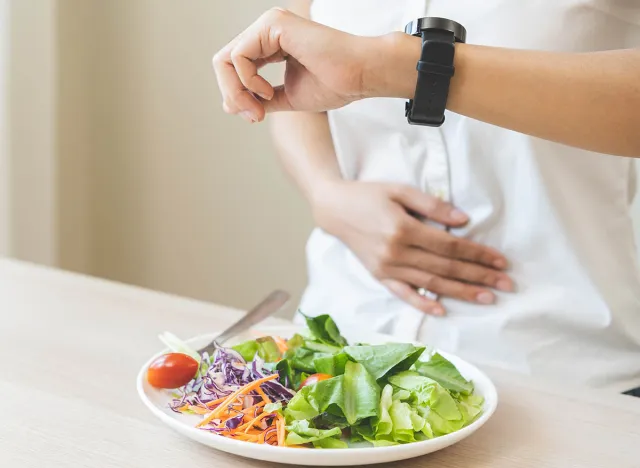
Intermittent fasting is not the same as skipping meals because you're busy or on the go. By deliberately choosing to eat within a specific time frame (eating window), fasting can be a useful tool for weight loss. "The science behind intermittent fasting is based on altering the body's metabolism," says Harvard Health. "During a period without eating, insulin levels drop to the point that the body begins burning fat for fuel."
Eating More Fat
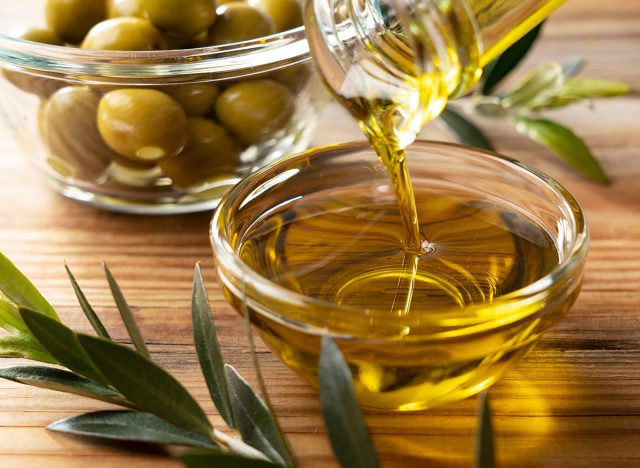
Healthy fats such as olive oil and avocados can be beneficial for weight loss. "The theory is that by eating so many healthy fats and restricting carbohydrates, you enter an altered metabolic state in which you force your body to begin relying on fat for energy, burning away your fat stores instead of sugar for fuel," says Harvard Health.
Lifting Weights

Lifting weights is one of the most effective ways to get a strong, toned physique. Not only will you build muscle and strengthen your bones, but you will burn fat. Yes, even when you're not working out.
Walking Everywhere

Walking is a highly effective method of fat burning without getting burned out. "On a treadmill, you can walk three miles per hour at an elevation that equals a steep hill," exercise physiologist and certified ACE personal trainer Anthony Wall tells AARP. "On the flip side, the vast majority of people are going to enjoy a 20-minute walk in the neighborhood more than they are on the treadmill."
Eating More Fiber
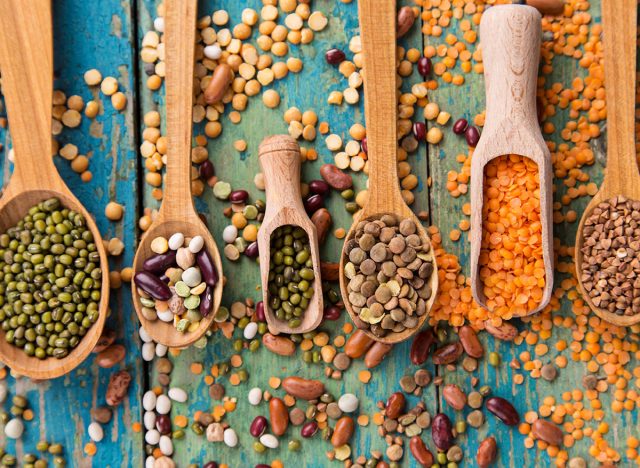
Fiber is your friend. Eating fiber from whole foods helps keep you full, which is important with any healthy diet. Fiber is also great for encouraging fat-burning.
Active Hobbies

Active hobbies like tennis or golf not only help keep you fit, but they are also fun. By enjoying your active hobbies, you are more likely to make a real lifelong habit of it. Bonus points if you turn your hobbies into opportunities to socialize with friends and family.
Eat Fatty Fish
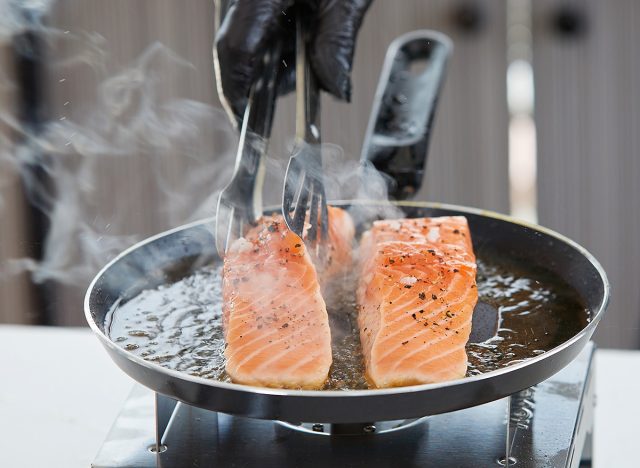
Fatty fish such as mackerel, sardines, and salmon have so many health benefits. The omega 3s are great for brain and heart health, and the healthy fats in these fish are great for your waistline. Aim for three portions a week.
Drink Lots of Water
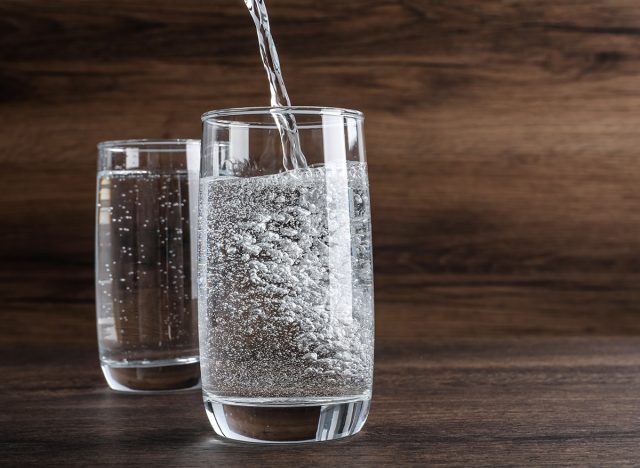
Water keeps you hydrated, has no calories, and helps with feeling full. All of these are important for weight loss and fitness, so water should be a staple of any healthy lifestyle.
Don't Smoke
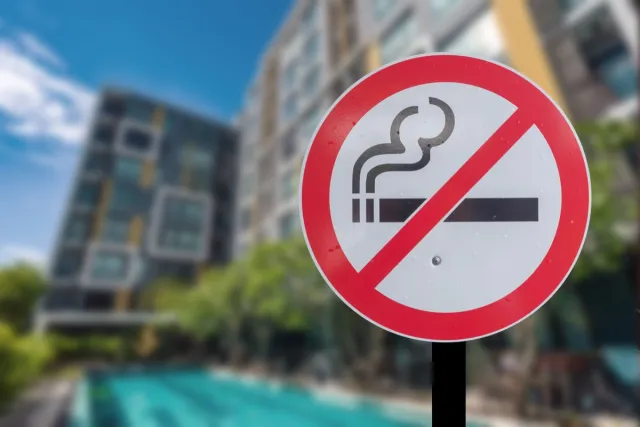
Smoking is not only terrible for your health, but it also encourages abdominal fat storage. "One barrier to smoking cessation is the fear of weight gain, and whilst smoking lessens weight overall, it tends to push fat more into the central area, so waist circumference is preferentially higher," Professor Naveed Sattar of the Institute of Cardiovascular and Medical Sciences tells The Independent. "So, when smokers put on weight, they will show bigger tummies for the same weight gain than non-smokers, and this may also be linked to their greater risk for diabetes."
Don't Drink Too Much Alcohol
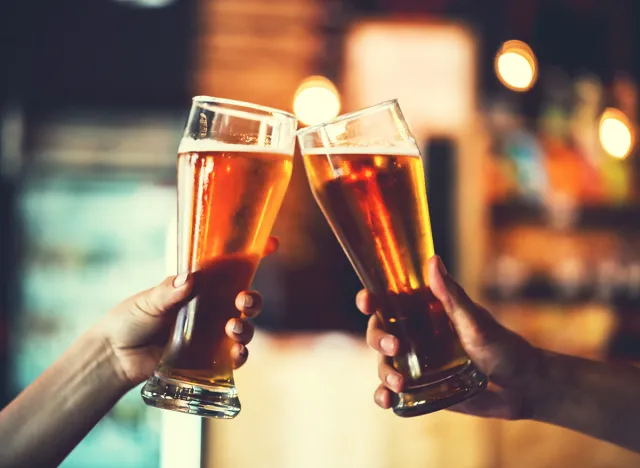
Drinking too much alcohol can undermine your health and fitness regimen in many ways. Alcohol disrupts sleep, spikes stress and inflammation, and can lead to poor food choices. Cut down on it or stop drinking while trying to get fit.
RELATED: 10 Easy Tips for a Fit Summer Body, Courtesy of Denise Austin
Get Moving

"Get at least 150 minutes of moderate aerobic activity a week," says the Mayo Clinic. "Or get at least 75 minutes of vigorous aerobic activity a week. You can also engage in an equal combination of moderate and vigorous activity. Aim to exercise most days of the week. For even more health benefits, get 300 minutes a week or more of moderate aerobic activity. Exercising this much may help with weight loss or keeping off lost weight."
Prioritize Sleep

Good quality sleep (at least 7 hours) is essential for overall health and fitness. Lack of sleep causes stress and can lead to unhealthy food choices. Poor sleep is linked to dangerous belly fat in particular, so make an effort to go to bed on time.
Make Time For Recovery

Be sensible about your workouts, and give yourself at least one day a week to recover. "Many people start fitness programs with a lot of energy," says the Mayo Clinic. "But they work out too long or too hard. And they give up when muscles and joints become sore or injured. Plan time between sessions for your body to rest and recover."
RELATED: The 4 Worst Weight Loss Myths, Says Jillian Michaels
Limit Added Sugars

"A diet high in added sugars has been linked to obesity, diabetes, heart and liver diseases, and even cancer and dementia," says Gundersen Health. "Eating too much sugar crowds out nutritious food and prevents you from meeting your nutritional needs."
Manage Your Stress

Chronic stress is terrible for your health and fitness. "Women deal with all kinds of stress-related health problems," Celine Riera, PhD, tells Cedars-Sinai. "It's amazing to see how much higher stress can be in women compared to men. Research on women's specific stress and adaptation to chronic stress has been overlooked, and we need to generate proper models to solve these questions."
Prep Your Meals
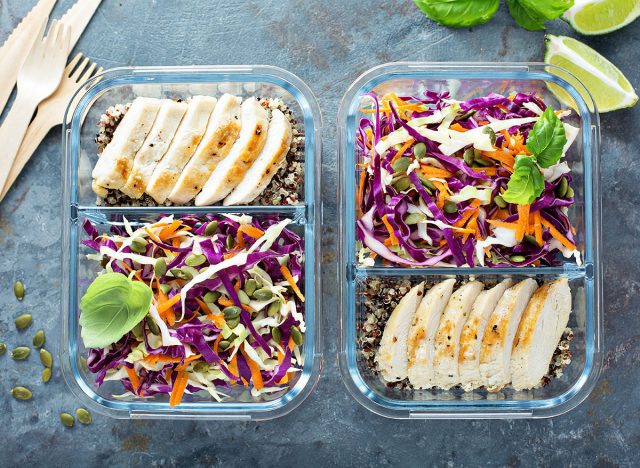
Prepping your meals is a very useful tool for weight loss and fitness. "Meal prepping is a great way to save yourself both time and money, and it goes a long way toward reducing the stress of not knowing what to eat," registered dietitian Elyse Homan, MS, RD, LD, tells the Cleveland Clinic. "You can quickly make multiple days' worth of food and then not worry about meals the rest of the week."
RELATED: I'm a "Lazy Girl" and Here's How I Lost 50 Pounds of Fat in 3 Months
Keep Track of Progress
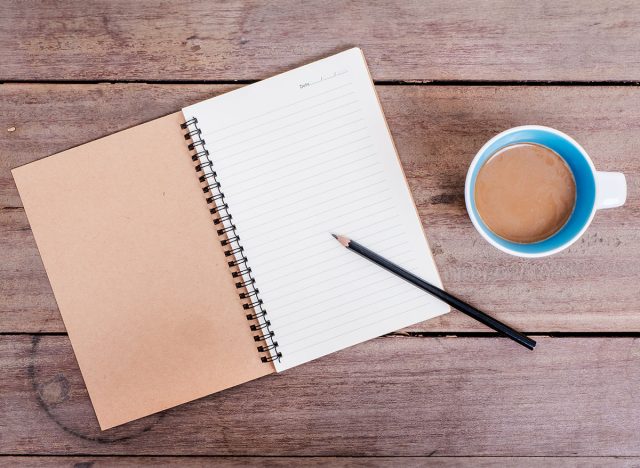
Make sure you stop every few weeks to reassess your progress. "Assess your fitness six weeks after you start your program," says the Mayo Clinic. "Then do it again every few months. How are you doing? You may need to add more exercise time. Or you may find that you're exercising about the right amount to meet your fitness goals."
No Ultra-Processed Foods
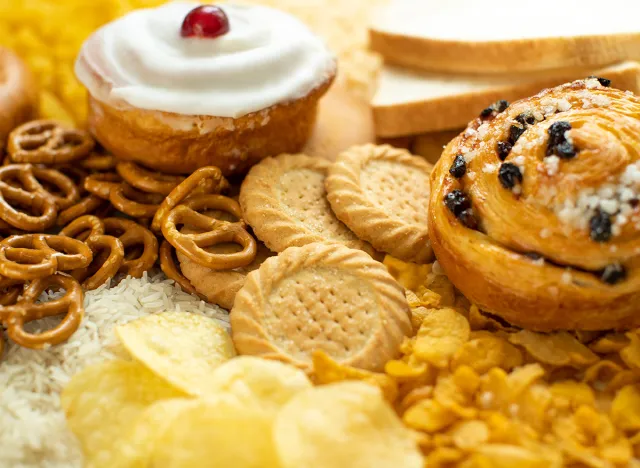
Ultra-processed foods are packed with unhealthy fats and additives. "Most processed foods, ultra-processed foods, and beverages do not contain fiber or minimal fiber, making them accessible to absorbable high-calorie content [calorie-dense foods] and favoring obesity," says the Obesity Medicine Association. "Natural alternatives are ideal high-fiber foods for weight loss."
Eat a Healthy Breakfast
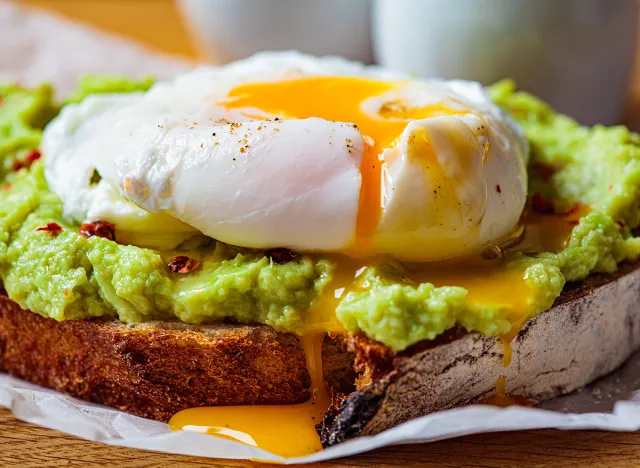
Studies show people who eat a healthy breakfast tend to eat less over the rest of the day (remember, breakfast is whenever you break your fast, so don't feel as if you have to eat in the morning if you're not hungry). "To get the most nutrient bang for your breakfast buck and start your day on a high note, choose foods with a mix of carbohydrates, protein, fat, and fiber," says Henry Ford Health. "Carbs will give you energy right away, protein will sustain you through the morning, and the fiber will help you feel full for at least a few hours (probably more)."
RELATED: What Happens to Your Body When You Quit Cereal
Be Active Throughout the Day

Can't find time for the gym? No need to worry. "To make it easier, schedule time to exercise as you would any other appointment," says the Mayo Clinic. "Plan to watch your favorite show while walking on the treadmill. Read while riding a stationary bike. Or take a break to go on a walk at work." And if you enjoyed this article, take advantage of these 15 Quick Ways to Lose Body Fat Percentage in a Week.




